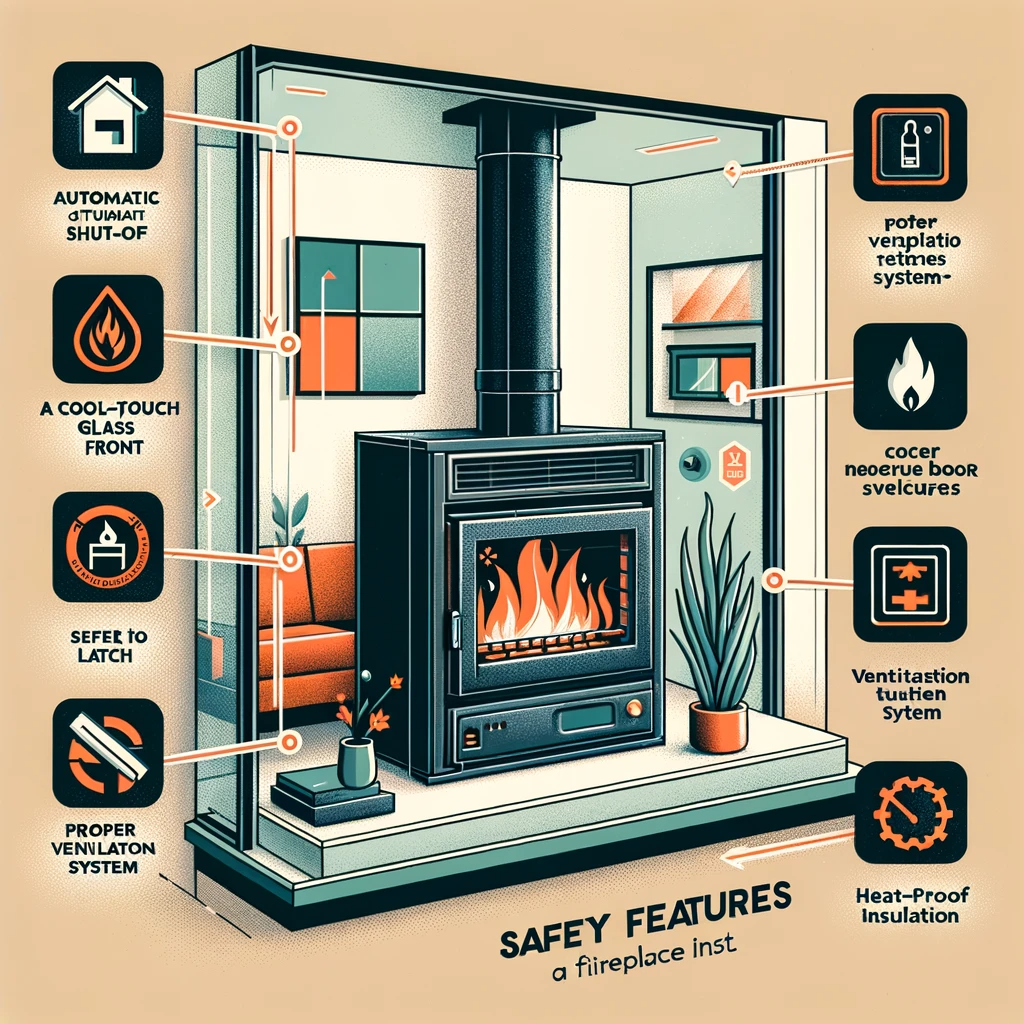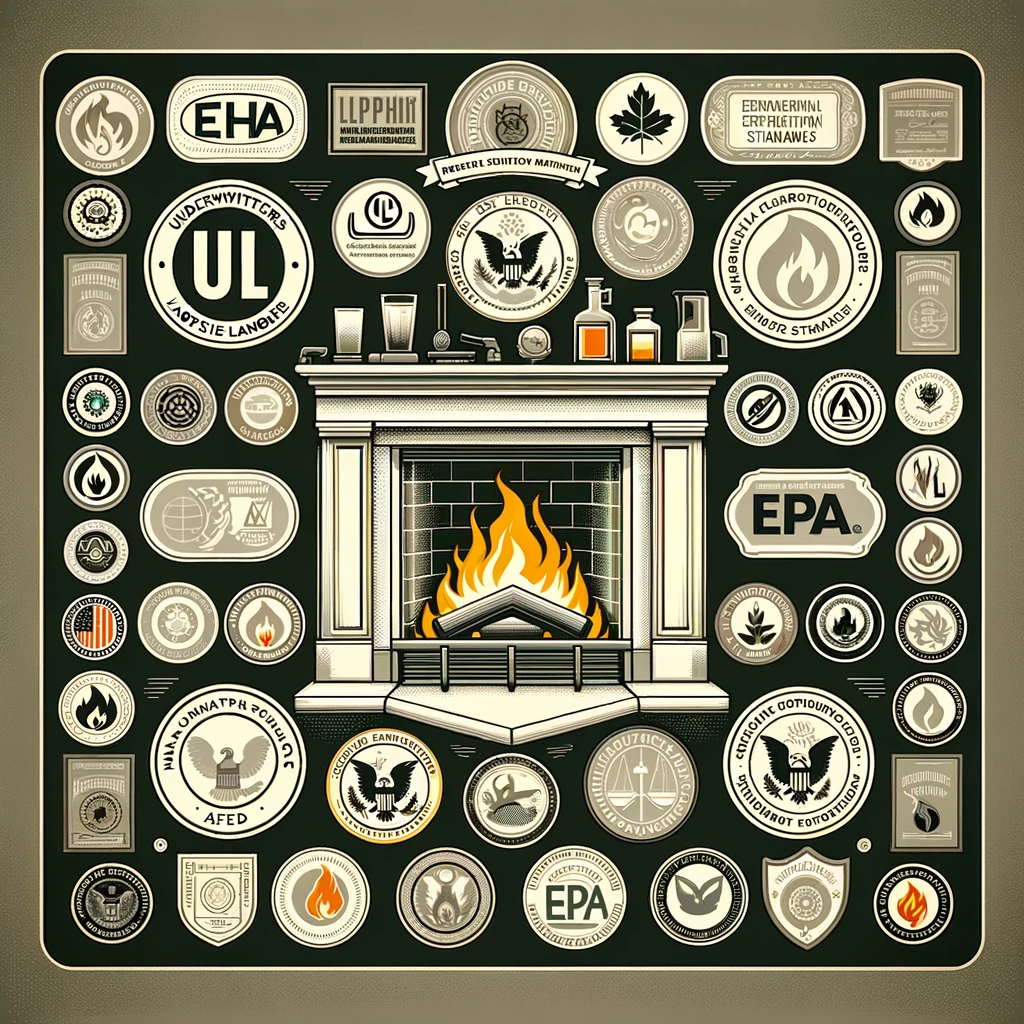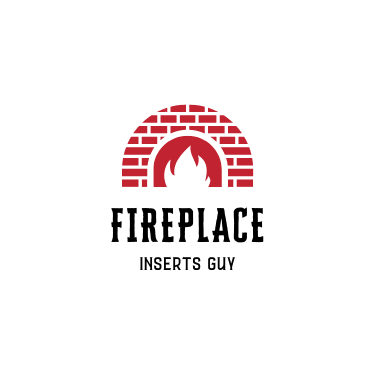As winter’s chill sets in, the allure of a warm fireplace becomes undeniable. Fireplace inserts offer an efficient way to harness this warmth, but with that efficiency comes a critical need for stringent safety standards.
These guidelines are more than just rules; they are the safeguards that protect your family from fire hazards and carbon monoxide poisoning. Fireplace inserts, designed to enhance the efficiency of a traditional fireplace, can transform it into a reliable and sustainable heat source.
But their safe operation is paramount, as neglect can lead to hazardous consequences. That’s why adhering to safety standards isn’t just a matter of compliance; it’s a shield that protects against the risks of fire hazards, carbon monoxide poisoning, and structural damage.
Contents
- 0.1 Key Safety Features in Fireplace Insert
- 0.2 Regulatory Bodies and Organizations: Fireplace Insert Safety Standards
- 0.3 Fireplace Insert Safety Standards
- 0.4 Testing Procedures In Fireplace Insert Safety Standards
- 0.5 Advancements and Trends in Fireplace Insert Safety
- 0.6 Final Thoughts
- 1 Frequently Asked Questions
Key Safety Features in Fireplace Insert

Fireproof Materials
Fireplace inserts are required to be constructed from fire-resistant materials that can withstand high temperatures without warping, cracking, or emitting harmful fumes. Common materials include firebrick, cast iron, and ceramic glass.
Ventilation and Airflow
Standards specify the importance of proper ventilation to ensure efficient combustion and prevent the buildup of harmful gases, such as carbon monoxide. This includes clear guidelines for flue size and drafting.
Clearance Requirements
Safety standards establish minimum clearance distances between the fireplace insert and combustible materials, such as walls, floors, and furniture. These clearances help reduce the risk of heat-related fires.
Installation Guidelines
Standards provide detailed instructions for the correct installation of fireplace inserts, including proper placement, flue connections, and the use of appropriate non-combustible hearth materials to protect the surrounding area.
Safety Screens and Barriers
Some standards may require the inclusion of safety screens or barriers to prevent direct contact with the hot glass front of the fireplace insert. This protects individuals, especially children, from burns.
Temperature Controls
Safety standards often require fireplace inserts to have temperature control mechanisms to prevent overheating. These controls can shut off or reduce the heat output if the unit becomes too hot.
Combustion Efficiency
Standards may include requirements for combustion efficiency to ensure that fireplace inserts burn fuel cleanly and efficiently, minimizing emissions of pollutants and creosote buildup in the chimney.
Safety Labels and Warning Signs
Fireplace inserts are typically required to have safety labels and warning signs that provide important information about safe operation, clearance distances, and maintenance.
Regulatory Bodies and Organizations: Fireplace Insert Safety Standards
Fireplace insert safety standards are put in place and maintained by various regulatory bodies and organizations to ensure that these heating appliances meet strict safety requirements. Some of the key organizations and agencies involved in the development and oversight of fireplace insert safety standards include:

Underwriters Laboratories (UL)
UL is a globally recognized safety certification organization that tests and certifies various products, including fireplace inserts. They establish safety standards and assess products for compliance.
National Fireplace Institute (NFI)
The NFI is dedicated to promoting safety and efficiency in the hearth industry. They offer certifications for professionals and provide guidance on safety standards and best practices.
American National Standards Institute (ANSI)
ANSI is responsible for developing and maintaining standards for various industries, including hearth products. Their standards often become the basis for safety regulations in the United States.
Local Building Codes and Authorities
In addition to national and international standards, local building codes and authorities may have specific requirements for fireplace inserts, such as clearance distances and installation guidelines.
Fireplace Insert Safety Standards

Testing Procedures In Fireplace Insert Safety Standards
Before testing begins, experts evaluate the design, materials, and specifications of the fireplace insert to ensure that it complies with safety standards.
Fireplace inserts are tested to assess their combustion efficiency and emissions. This involves measuring factors like heat output, oxygen consumption, and the release of harmful gases.
The applicant’s ability to withstand high temperatures without structural failure, deformation, or excessive heat transfer to surrounding materials is assessed.
The unit is tested to determine its compliance with clearance requirements. This involves measuring the distance between the fireplace insert and combustible materials under various conditions.
Fireplace inserts may undergo durability tests to ensure they can withstand the wear and tear of regular use without posing safety risks.
Advancements and Trends in Fireplace Insert Safety
Innovations in Design and Technology:
- Advanced combustion systems for efficiency and reduced emissions.
- Integration with smart home technology for remote control and monitoring.
- Improved insulation to minimize heat transfer.
- Automatic safety features like shutoff mechanisms and sensors.
- Enhanced heat distribution for comfort and safety.
Emerging Trends in Safety:
- Integration of carbon monoxide detectors.
- Air quality monitoring and adjustment.
- Focus on child safety features.
- Efforts to reduce emissions and improve eco-friendliness.
- Emphasis on energy efficiency.
- Enhanced clearances and installation flexibility.
- User-friendly interfaces for real-time safety information.
Final Thoughts
In conclusion, fireplace insert safety standards stand as the guardians of warmth and well-being in our homes, ensuring that our beloved hearths provide comfort and security rather than posing potential hazards.
These standards encompass critical components like fireproof materials, clearance requirements, proper ventilation, and installation guidelines, working together to minimize risks. Through rigorous testing procedures and certification marks, consumers are assured that their chosen fireplace inserts have met stringent safety criteria.
As innovation continues to shape the industry, with advanced combustion systems, smart technology integration, and enhanced safety features, fireplace inserts are becoming not only more efficient but also more user-friendly and environmentally responsible.
Frequently Asked Questions
What are some key components covered by safety standards for fireplace inserts?
Key components covered by safety standards include fireproof materials, clearance requirements, ventilation and airflow specifications, installation guidelines, safety screens, temperature controls, and more. These components collectively ensure safe operation.
How can I tell if a fireplace insert meets safety standards?
Look for certification marks from recognized organizations such as UL, NFI, or other local regulatory bodies on the product. These marks indicate that the fireplace insert has undergone testing and meets safety standards.
Are there clearance requirements I need to consider when installing a fireplace insert?
Yes, fireplace insert safety standards include specific clearance requirements. The distances between the fireplace insert and combustible materials, such as walls, floors, and furniture, must meet these standards to reduce the risk of fires.
Do fireplace inserts have safety features to protect against overheating or malfunctions?
Yes, many modern fireplace inserts come equipped with safety features such as automatic shutoff mechanisms, temperature monitoring, and sensors to detect anomalies. These features enhance safety during operation.
